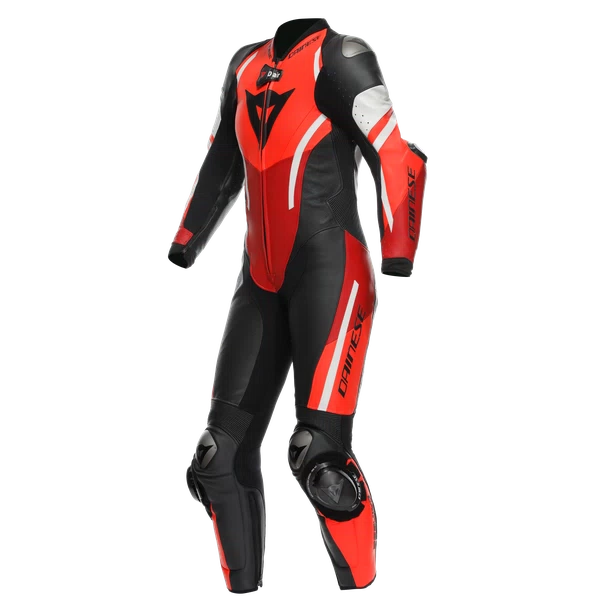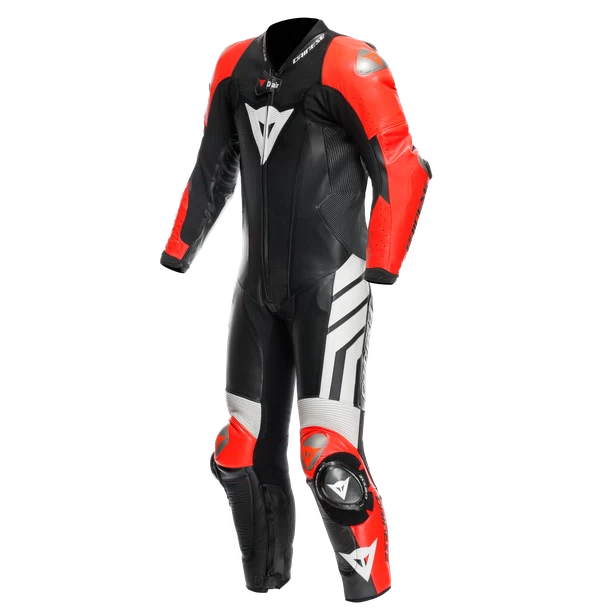Its debut in the world championship came not even 12 months later. A motorcycle suit with airbags was first activated in racing during 125cc class free practice for the 2007 Valencia Grand Prix by Marco Simoncelli, one of the very first to have faith in D-air®. The first photos, however, aren’t of Marco’s fall, but Michael Ranseder’s, another professional 125 rider who ended up in the gravel shortly after Simoncelli.
The rest is nearly recent history. Dainese D-air® technology began to spread among professional riders in all categories, ever more convincingly. Soon, it became an essential protector, almost on a par with a helmet – those who tried it could no longer do without it. And it evolved over time, due in part to the invaluable contribution of the professional riders themselves, who helped to improve it from the perspective of integration into the suit and ergonomics above all.
A major milestone came in 2018, when the electronic airbag was declared compulsory for all professional riders in all world championship classes, just 11 years after it was introduced for the very first time.
Body parts protected by Dainese motorcycle airbags
The Dainese D-air® motorcycle airbag was created to protect professional riders on the track, but it was quickly brought to the road as well. Each of the two systems, D-air® Racing and D-air® Road, has been optimized for its specific use from the start, and determining which areas of the body to protect isn’t as straightforward as it might seem. It’s a decision based on a delicate balance that considers both the parts most prone to injury in the relevant environment and the required freedom of movement that the airbag has to guarantee.


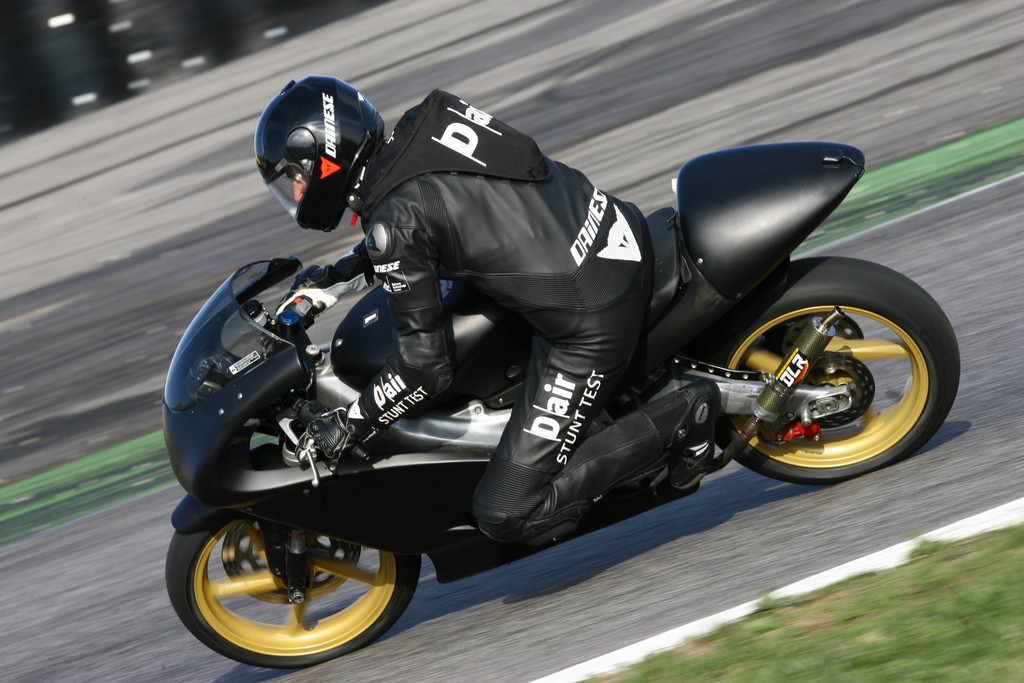
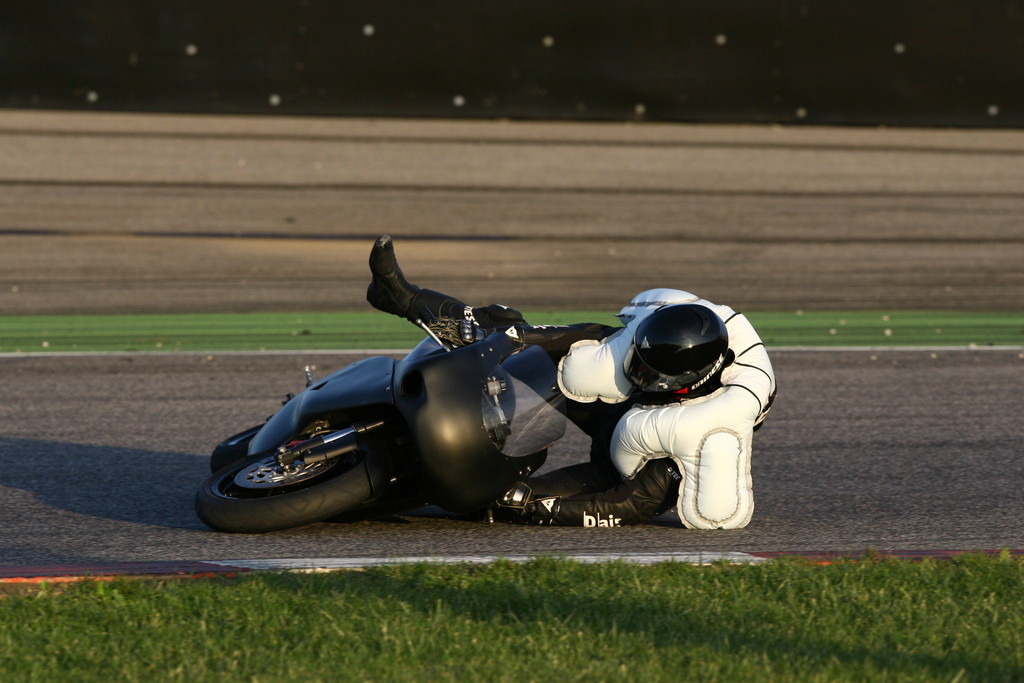
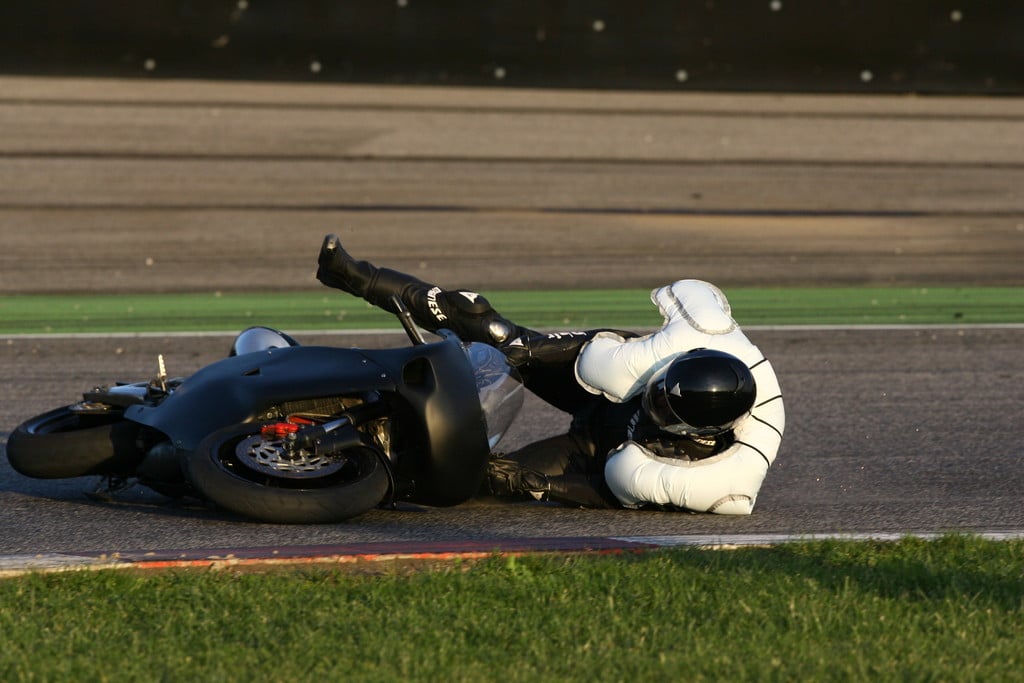
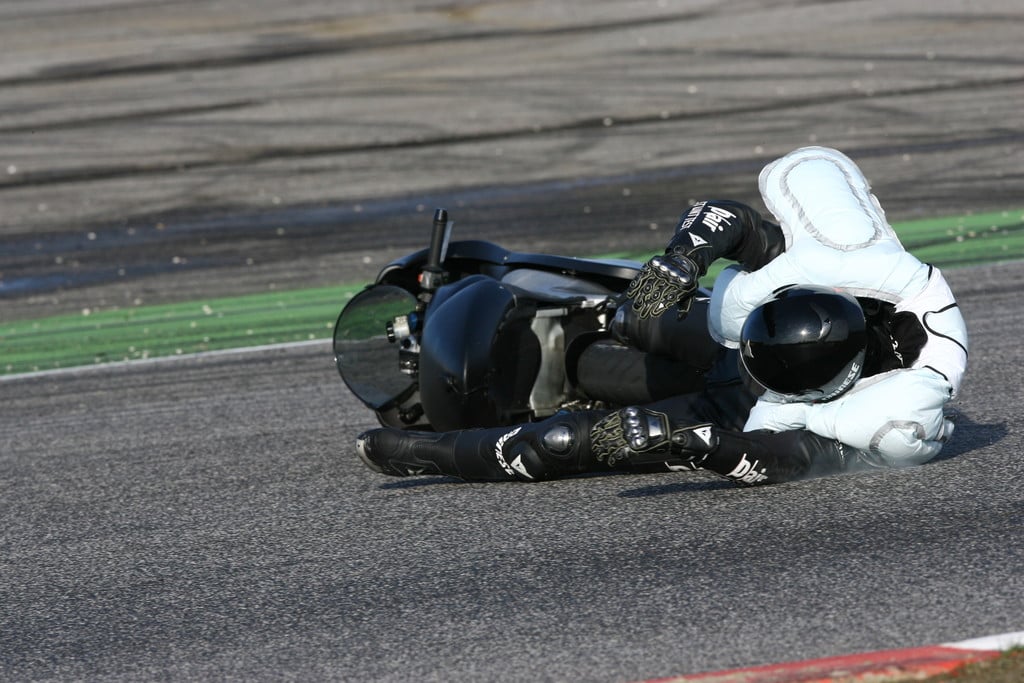
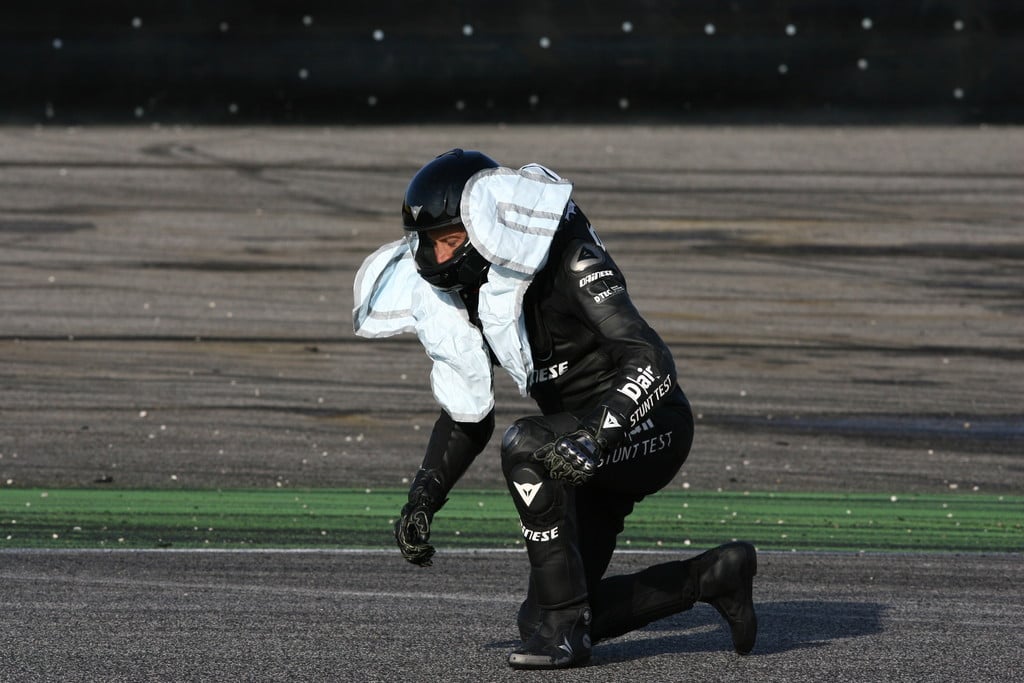
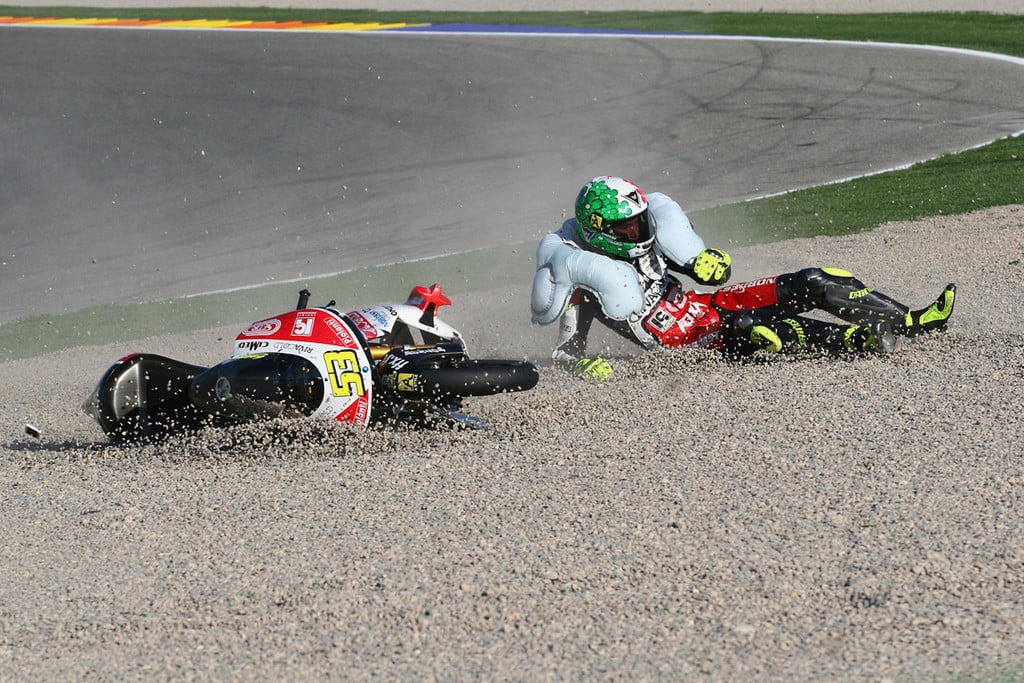
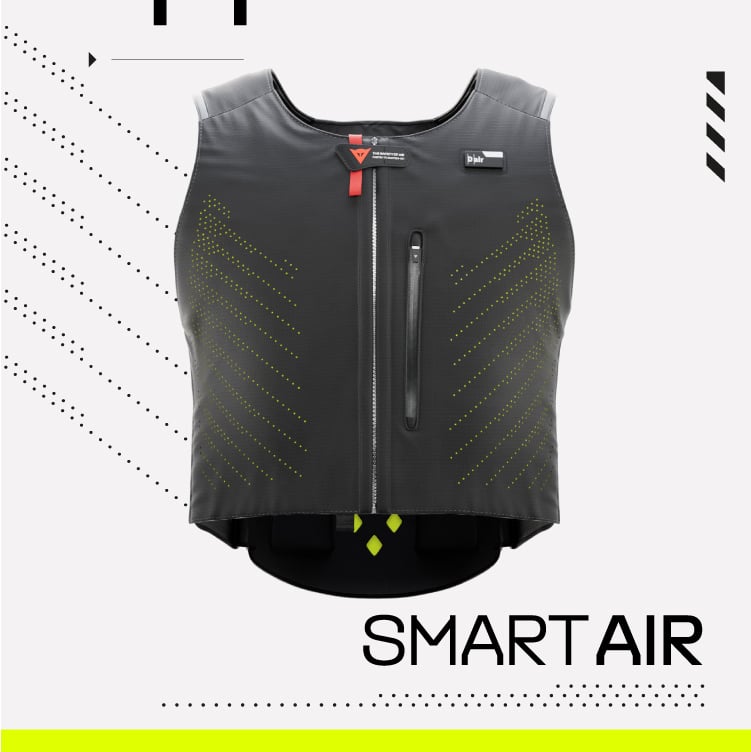

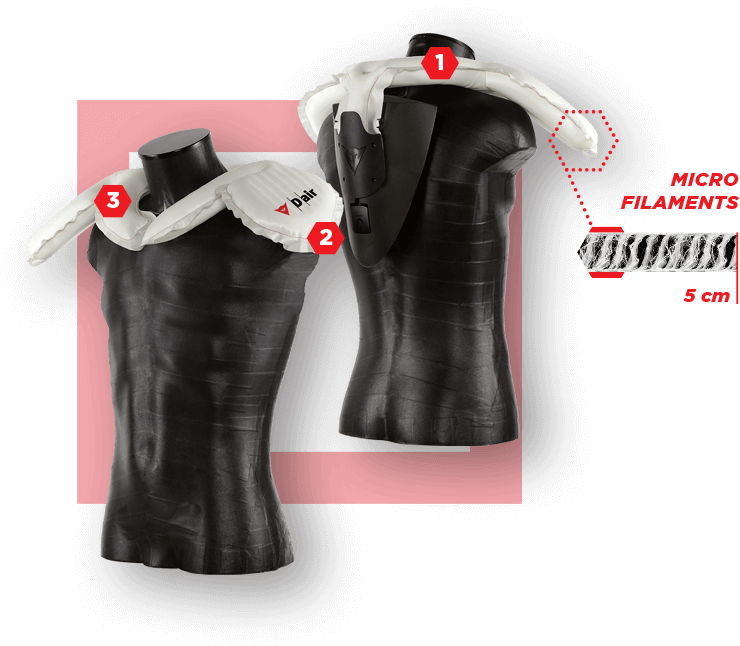
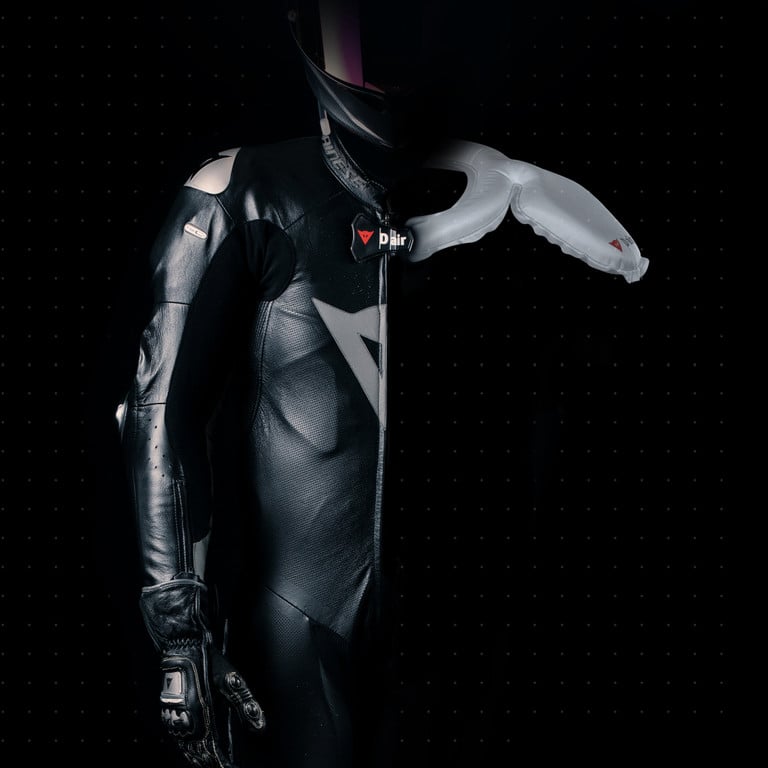
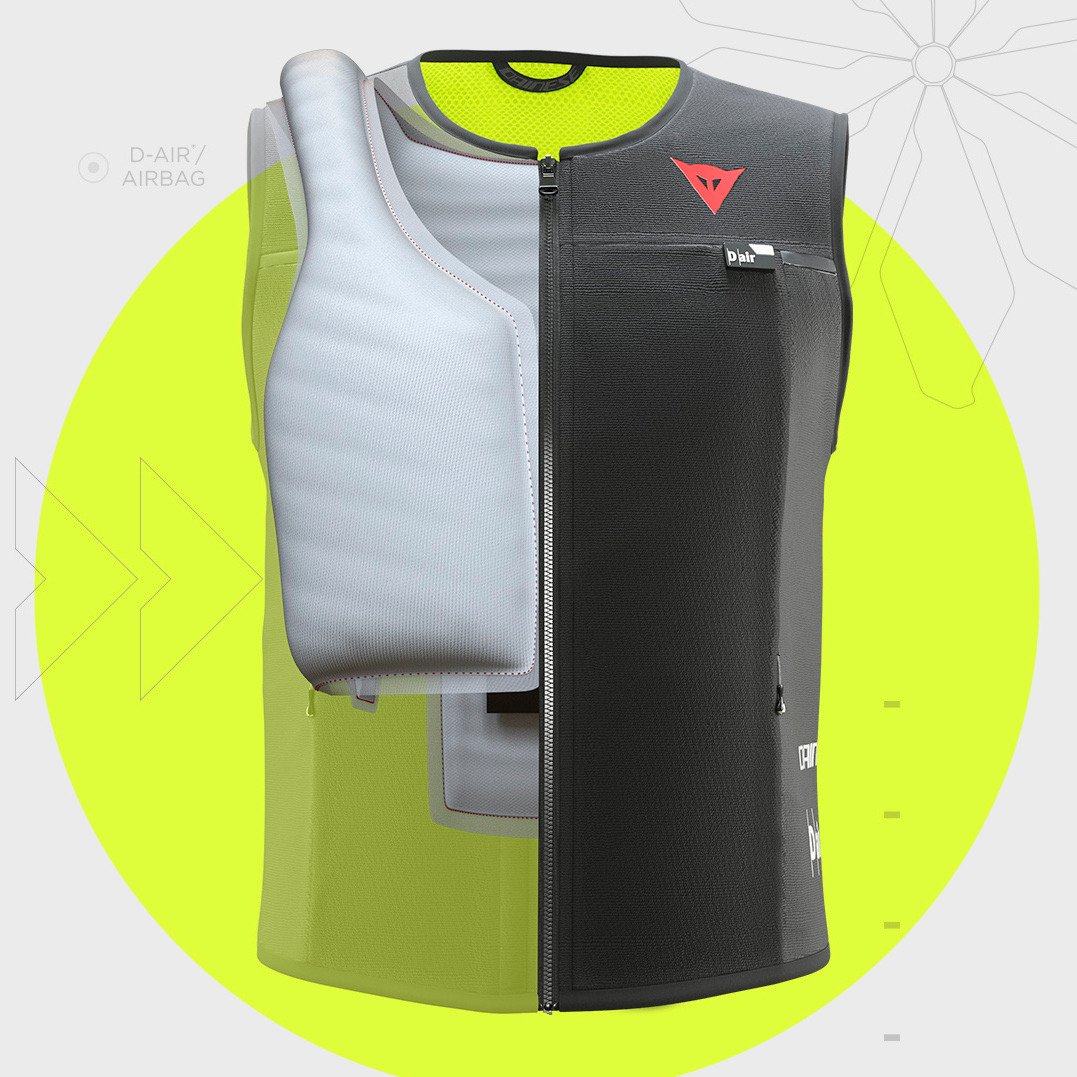
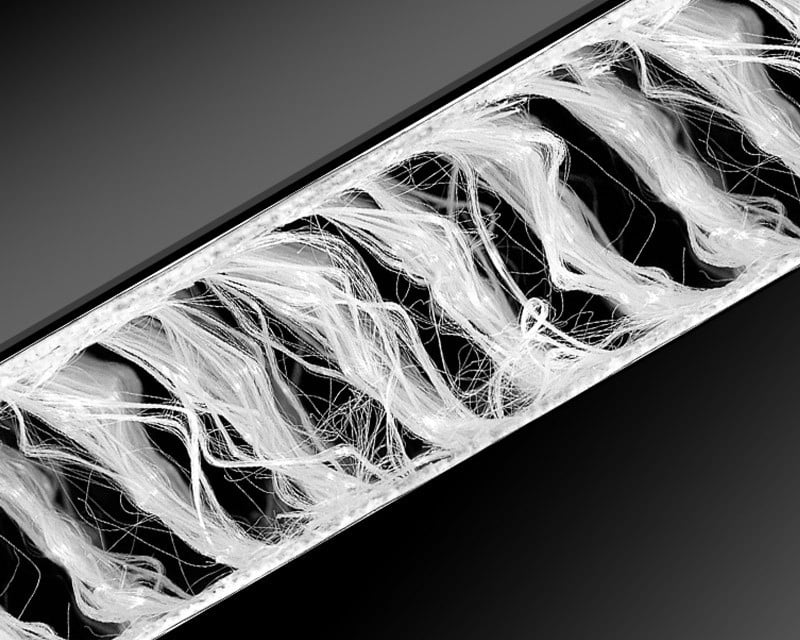
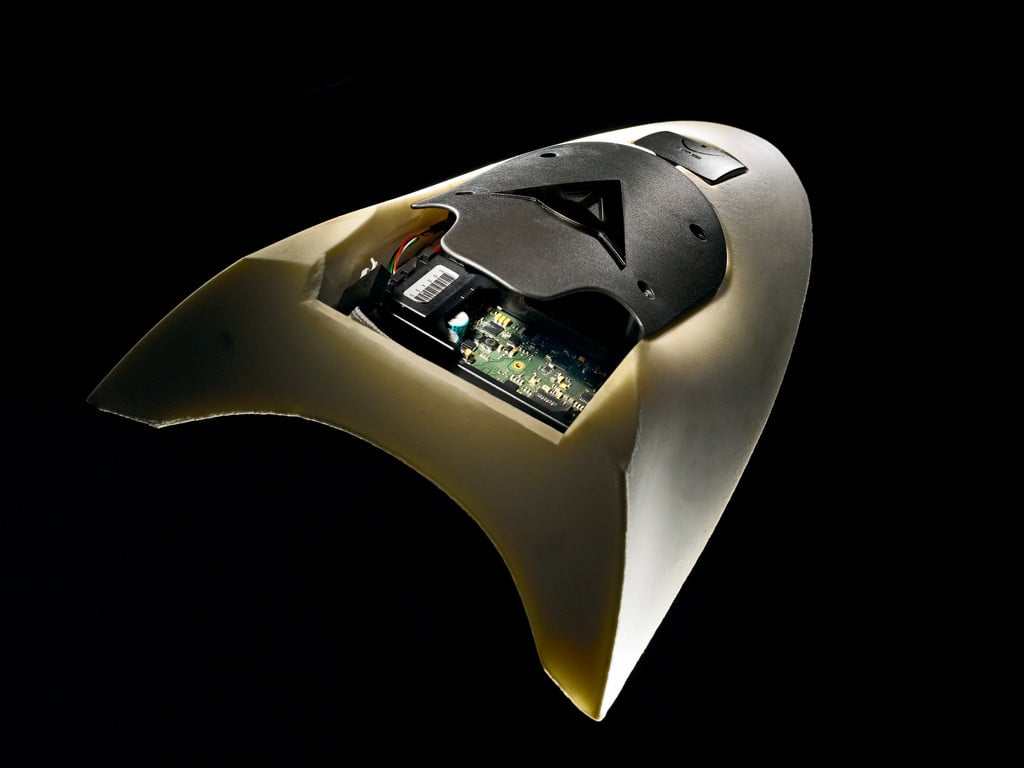
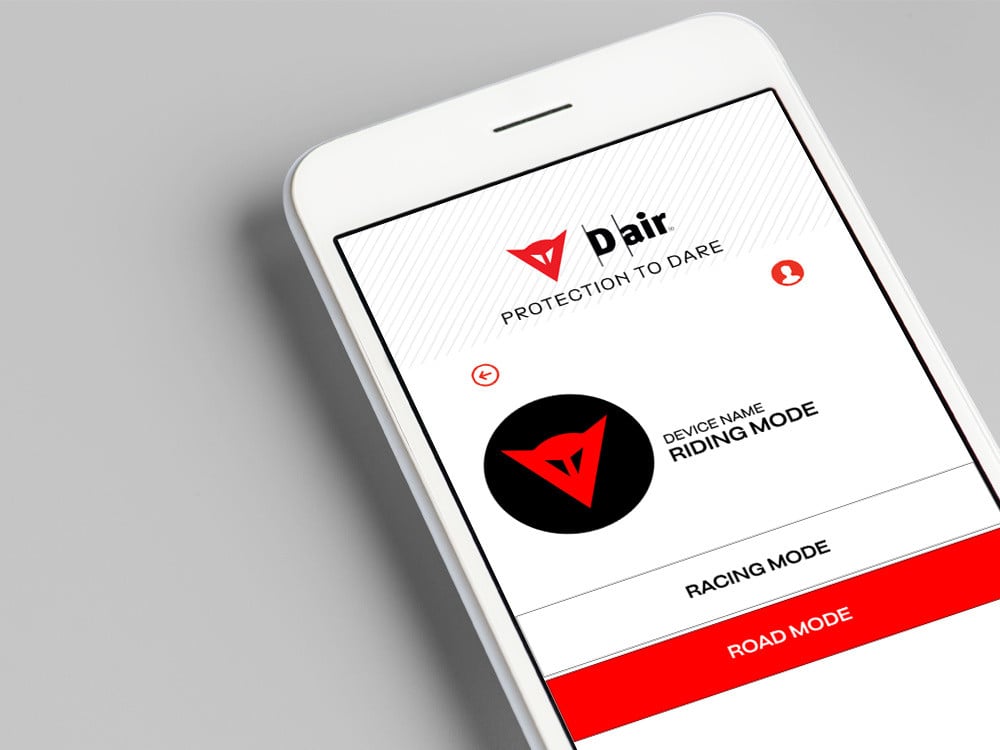

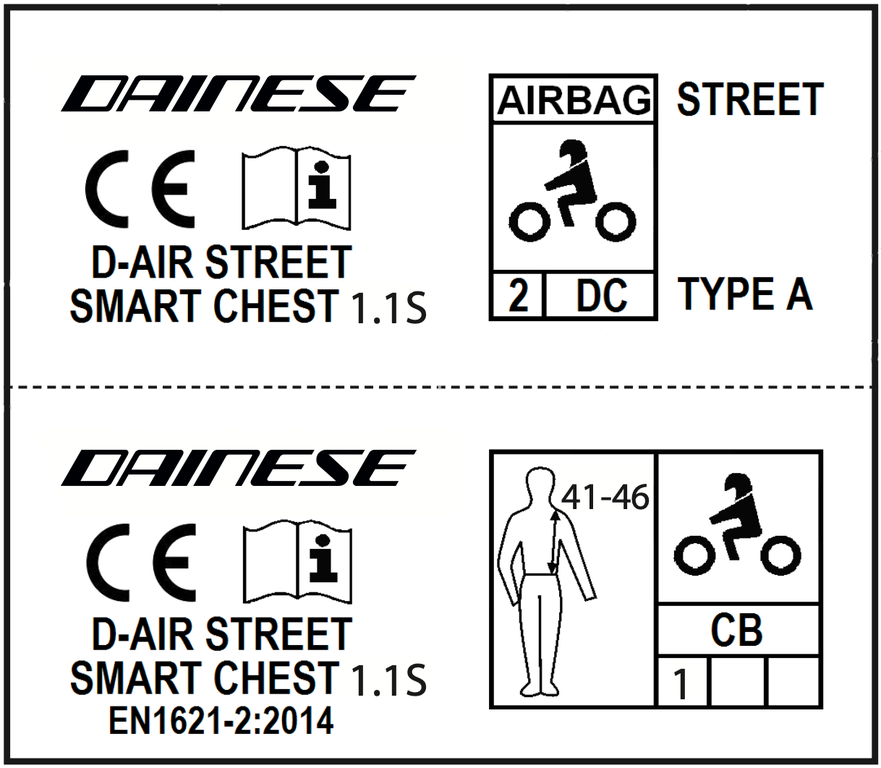
.png)

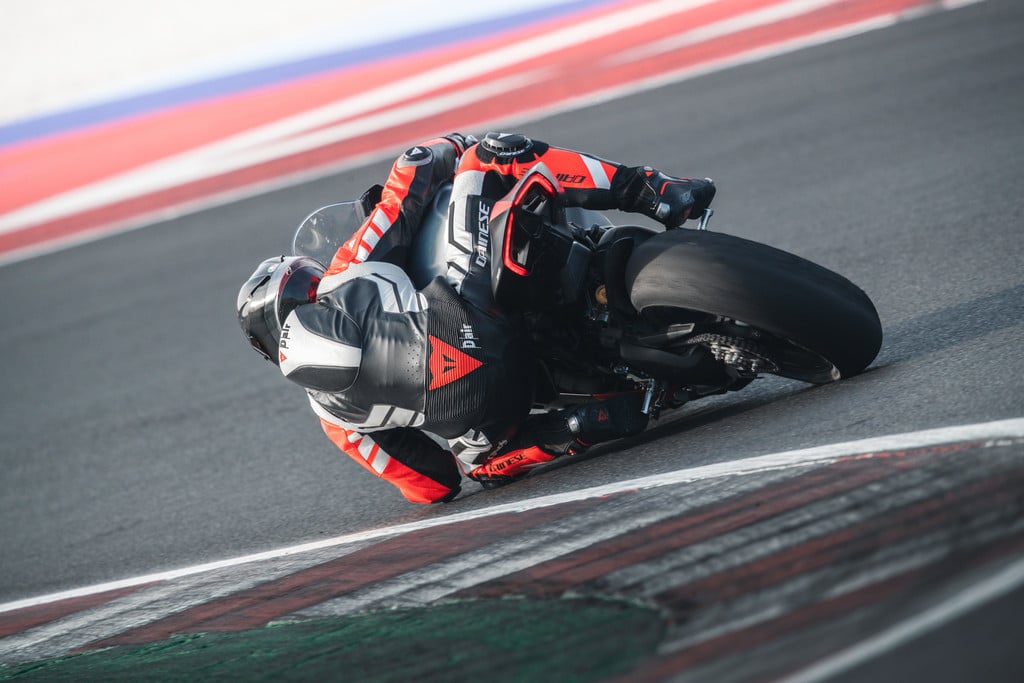

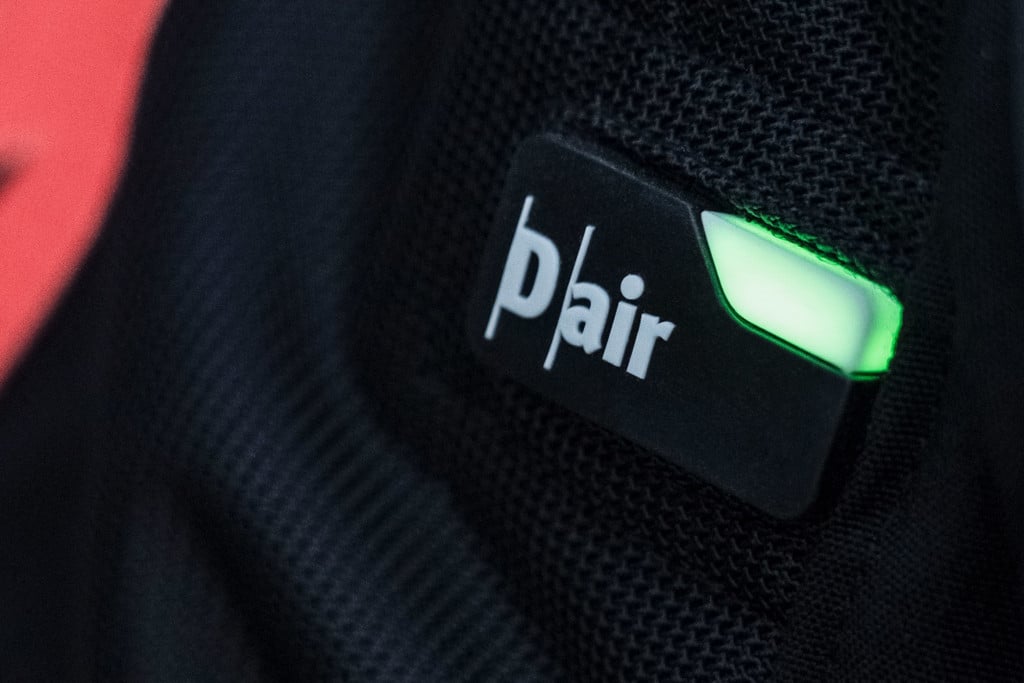
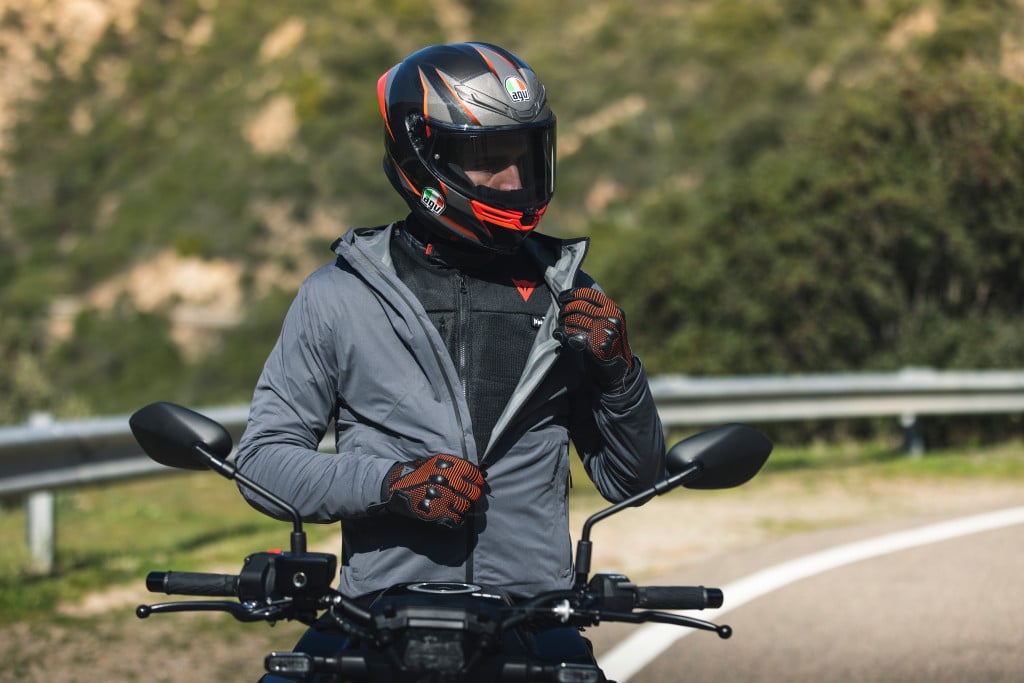

.png)
